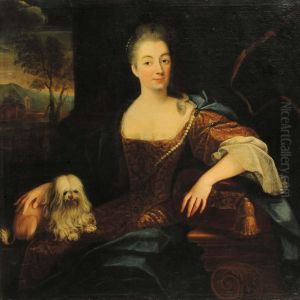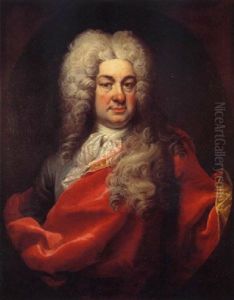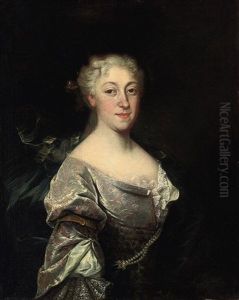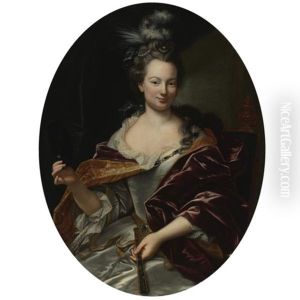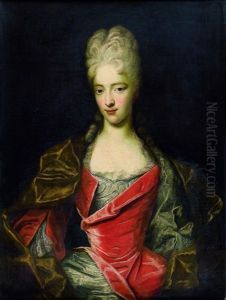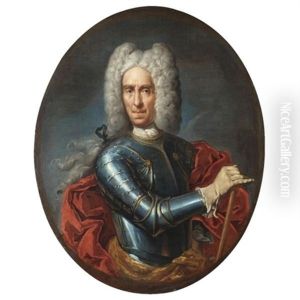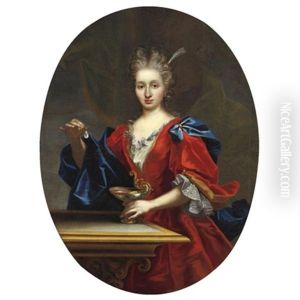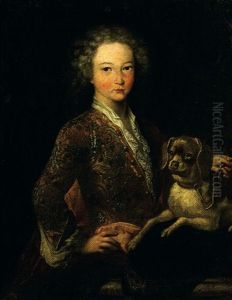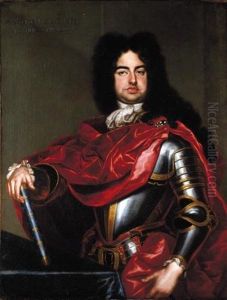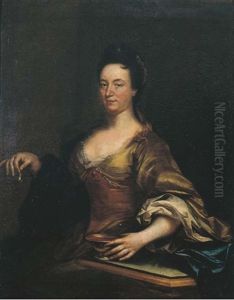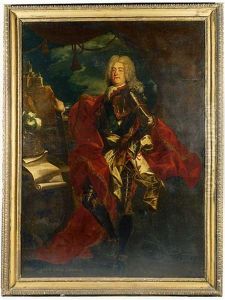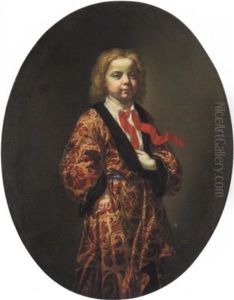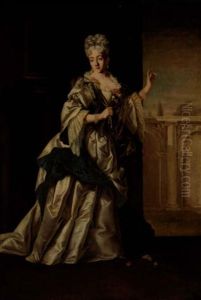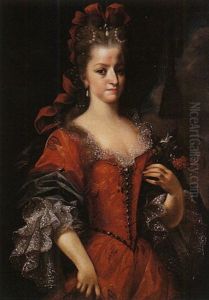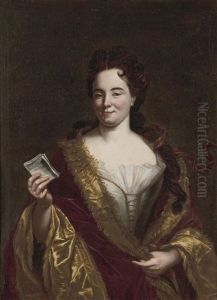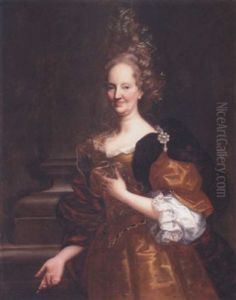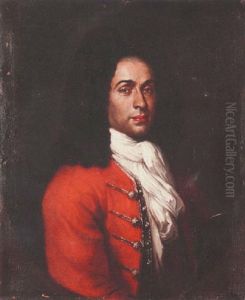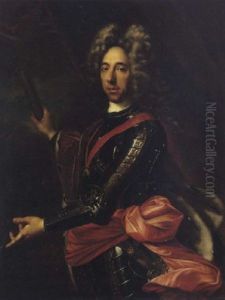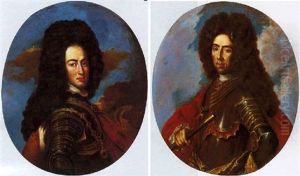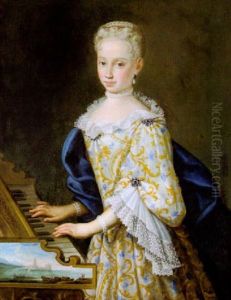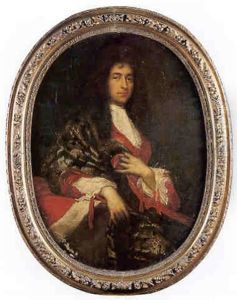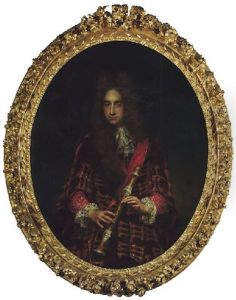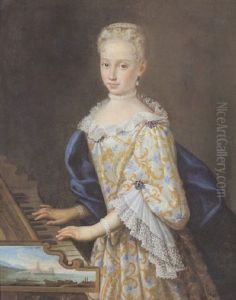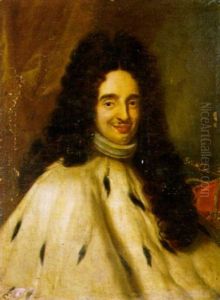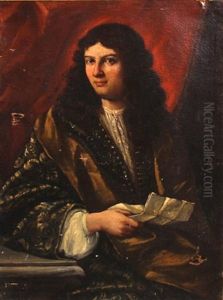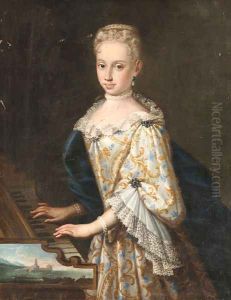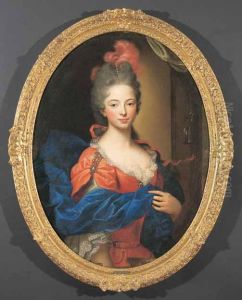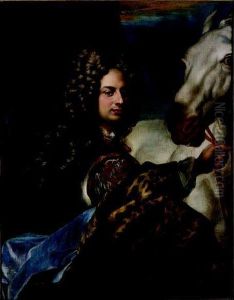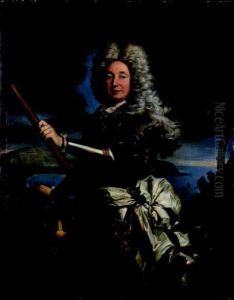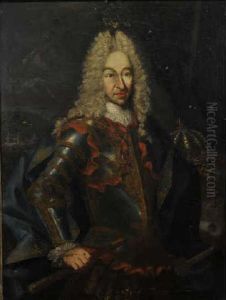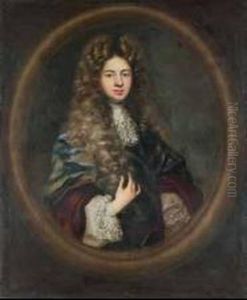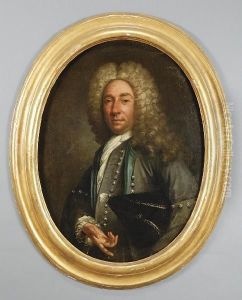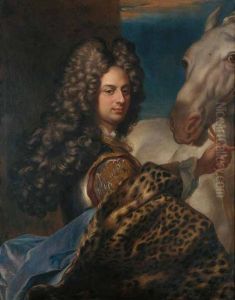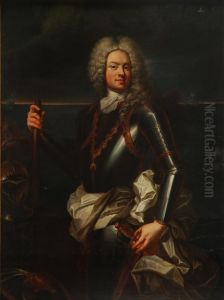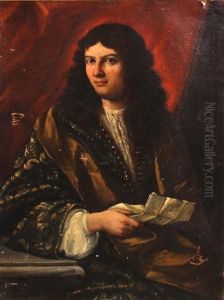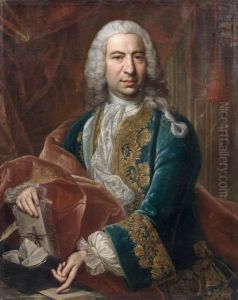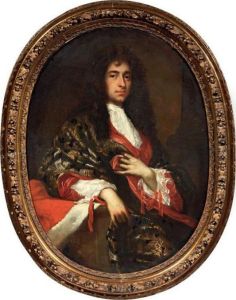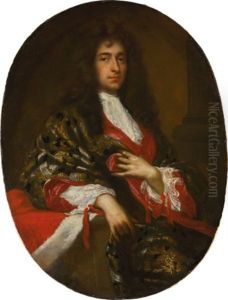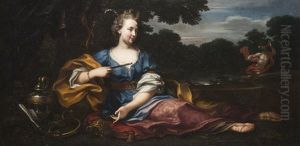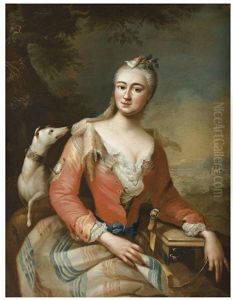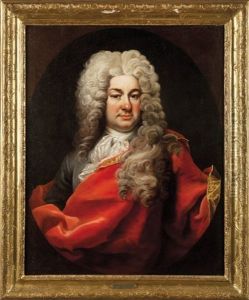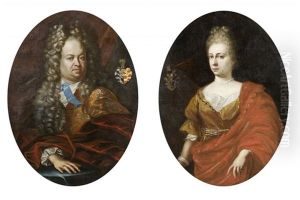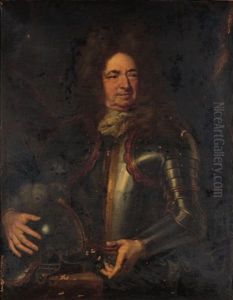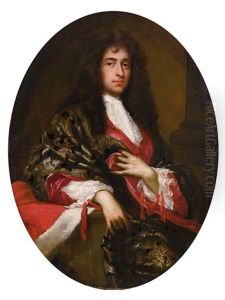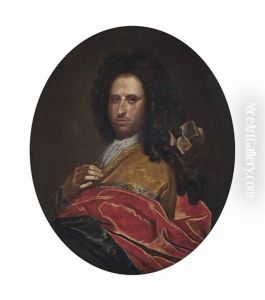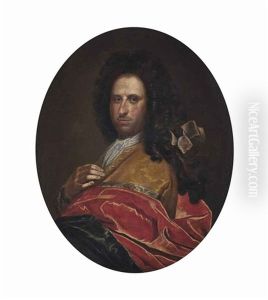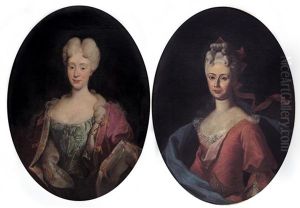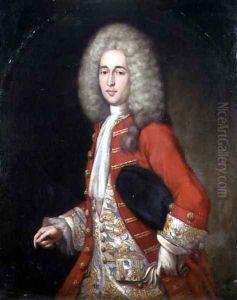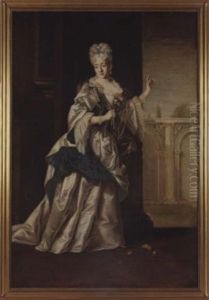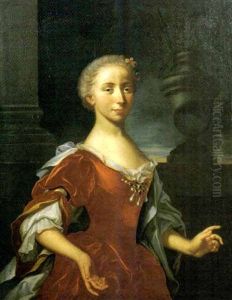Giovanni Maria delle, called Mulinaretto Piane Paintings
Giovanni Maria delle Piane, known as Mulinaretto, was an Italian painter born in 1604 in Genoa, Italy. His nickname, 'Mulinaretto', meaning 'little miller', is believed to have originated from his family's occupation or possibly from a personal characteristic. Despite the charm of his nickname, detailed aspects of his early life and training are somewhat obscure, typical of many artists of his era. However, it is known that he was active during the Baroque period, a time when art was characterized by dramatic expression, deep color, and intense light and shadow contrasts.
Mulinaretto's work was primarily focused on religious themes, with a particular emphasis on the dramatic intensity and emotional depth of biblical scenes. His paintings are noted for their vivid expression, skilled use of chiaroscuro, and the dynamic movement within the compositions. These qualities reflect the influence of the Baroque style, which sought to evoke emotion and bring religious narratives to life in a tangible and immediate way. Mulinaretto's contributions to the art of this period were significant, particularly in Genoa, where he contributed to the city's cultural and artistic heritage.
Despite his artistic talents, Mulinaretto did not gain the same level of fame as some of his contemporaries, such as Peter Paul Rubens or Caravaggio, whose works overshadowed many artists of the period. Nevertheless, his paintings were appreciated during his lifetime, and he received commissions from local churches and patrons. Today, Mulinaretto's works are considered important examples of Genoese Baroque painting, offering insight into the religious and cultural milieu of 17th-century Italy.
Giovanni Maria delle Piane, Mulinaretto, passed away in 1656 in Genoa. While his name may not be as widely recognized as some of his peers, his artistic legacy endures, with his works preserved in various churches and collections in Italy. His contributions to the Baroque movement continue to be studied and appreciated by art historians and enthusiasts, highlighting the diversity and richness of this period in art history.
